Definition Of Dealcoholization And How It Works
What could be an easy-to-understand definition of dealcoholization? One uncomplicated description could be that it’s a process to reduce, if not totally remove, the presence of alcohol in a beverage. That partially explains why the terms “non-alcoholic” and “low-alcohol,” when pertaining to drinks, exist.
Author:Hajra ShannonReviewer:Paula M. GrahamMar 27, 20231 Shares484 Views
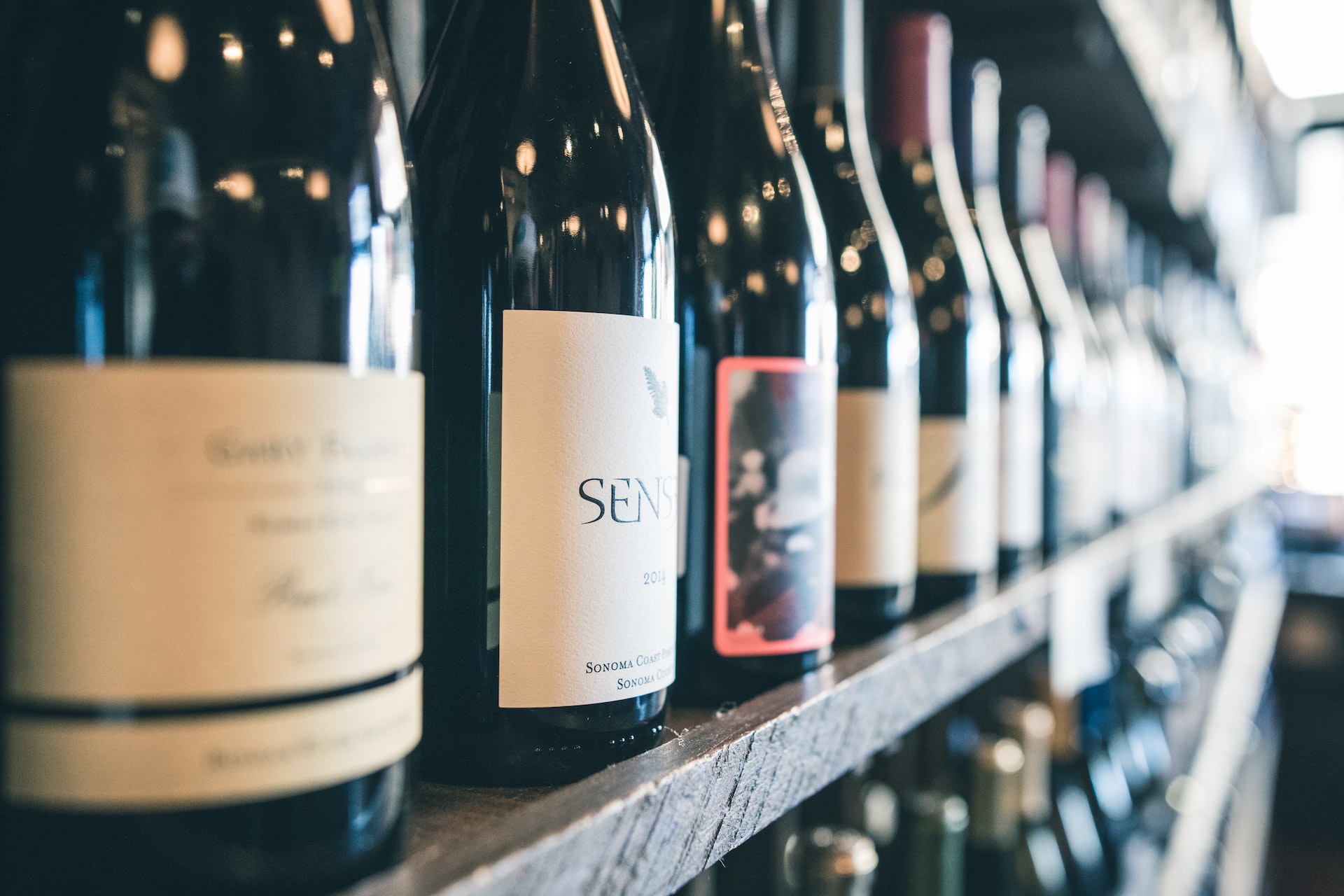
One simple definition of dealcoholizationis this: the process of removing alcohol from a beverage while retaining its flavor and other characteristics.
Dealcoholization has become increasingly popular in recent years as people have become more health-conscious and aware of the negative effects of alcohol.
It allows individuals to enjoy the taste of their favorite drinks without the negative consequences of consuming alcohol.

Clariant dealcoholization process
Explanation Of Dealcoholization
As previously mentioned, dealcoholization is the processof removing or reducing the amount of alcohol in a beverage, typically wine, beer, or spirits.
With that definition of dealcoholization, it can also be said that it’s a process used to produce non-alcoholic beverages.
Now why the need to do such?
Basically, for these two reasons:
- for people who cannot consume alcohol due to health or personal reasons
- for those who simply prefer non-alcoholic options
However, it’s worth noting that dealcoholization may affect the taste and texture of the beverage. In addition, some methods may remove certain flavor compounds along with the alcohol.
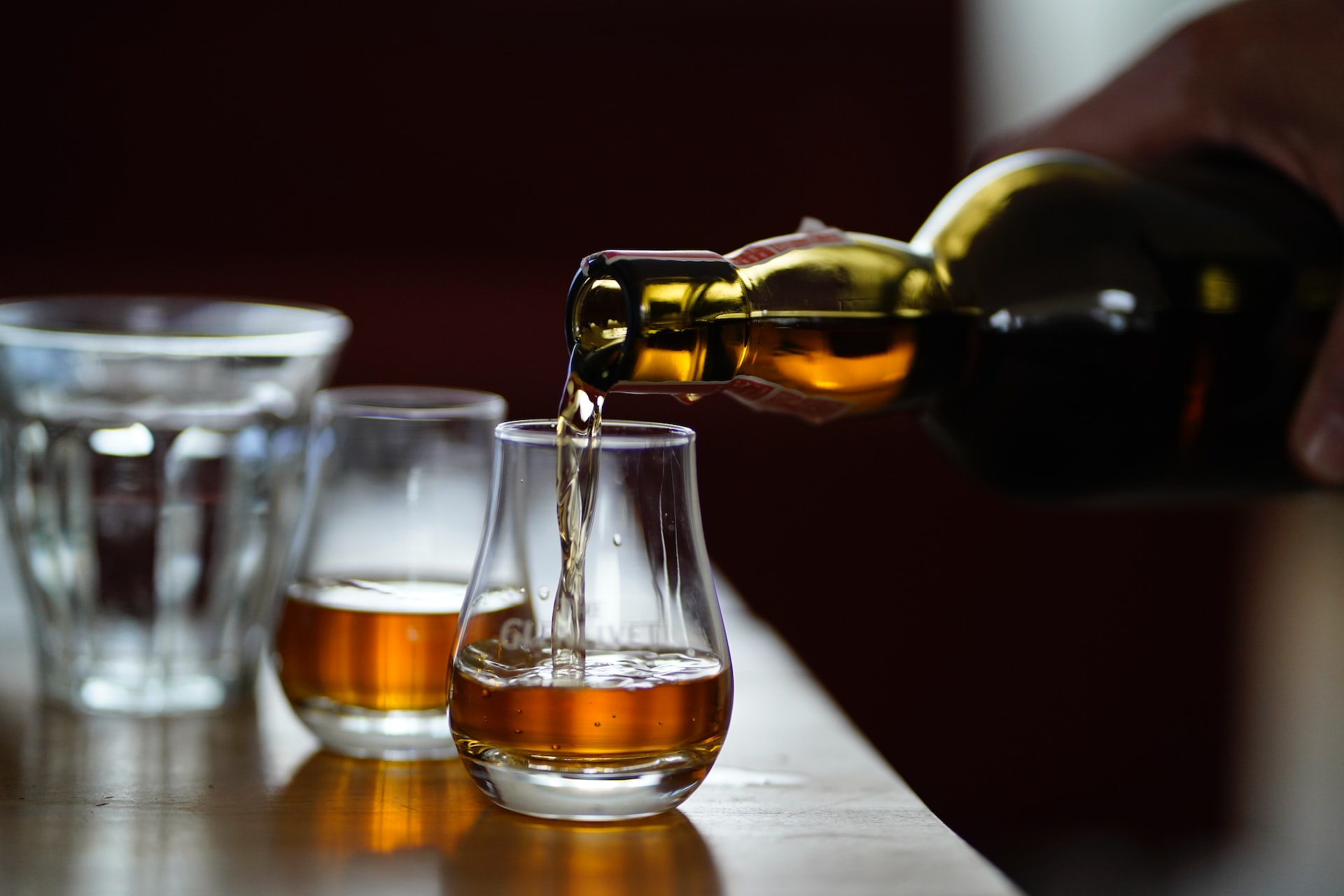
A Quick Side Trip To History
The first attempts to produce wine without alcohol date back to the early 20th century.
In 1908, Thomas Bramwell Welch developed a method of pasteurizing grape juice to prevent fermentation, creating a non-alcoholic grape juice that could be consumed by people of all ages.
This invention led to the creation of Welch’s grape juice, which is still a popular non-alcoholic beverage today.
In the 1910s and 1920s, several other companies began producing non-alcoholic wine by removing the alcohol from regular wine through various methods, such as boiling or vacuum distillation.
However, these early attempts were not very successful, as the resulting products often tasted unpleasant and lacked the complexity and depth of traditional wines.
Today, there are many techniques for producing non-alcoholic wine that aim to retain the flavor and aroma of traditional wine while removing the alcohol.
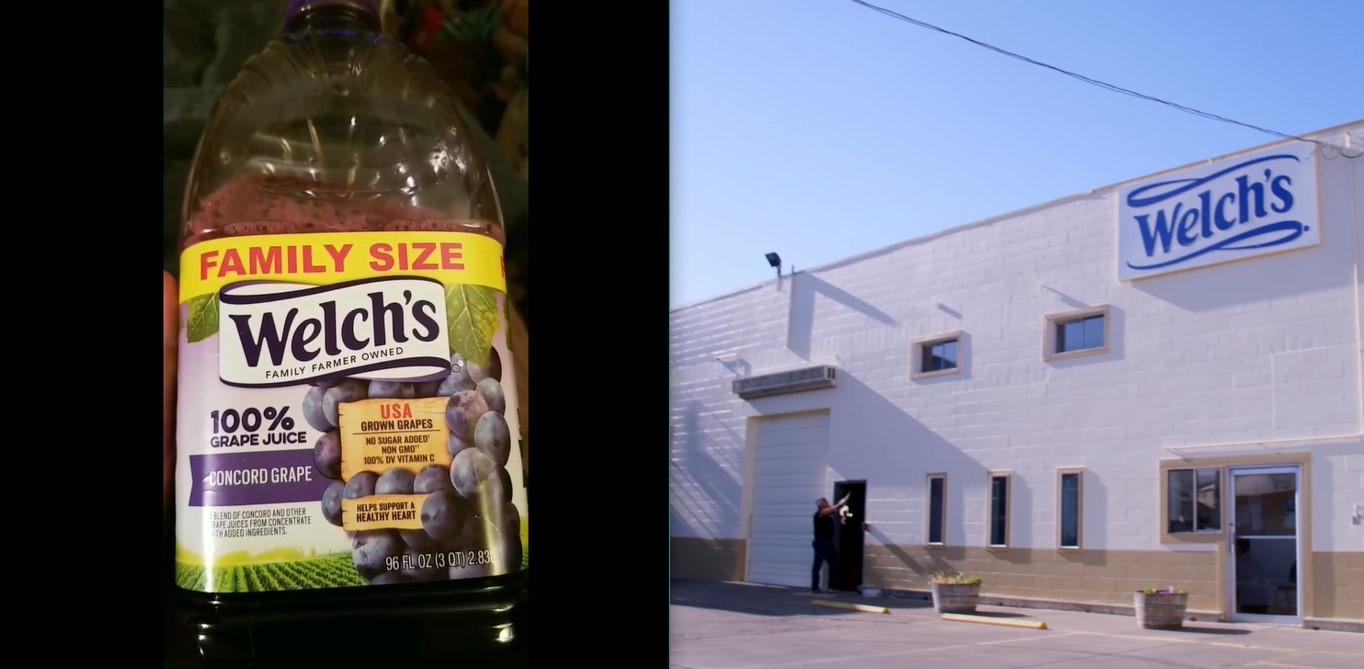
Importance Of Dealcoholization
There are several reasons why dealcoholization is important. Below are some of them:
a. Health
For people who want to avoid or limit alcohol consumption for health reasons, dealcoholized beverages offer an alternative.
These beverages can provide the taste and enjoyment of wine or beer without the negative effects of alcohol.
b. Safety
Dealcoholization can also be important in situations where alcohol consumption is not appropriate or safe, such as for pregnant women or individuals operating heavy machinery.
c. Taste
Many people enjoy the taste of wine and beer but prefer not to consume alcohol.
This one touches on the definition of dealcoholization as the said process allows them to enjoy the flavors of these beverages without the effects of alcohol.
d. Market demand
There is a growing demandfor low-alcohol or alcohol-free beverages, particularly among younger consumers who are more health-conscious and concerned about their overall well-being.
Overall, dealcoholization is an important process that allows people to enjoy the taste of wine and beer without the negative effects of alcohol, while also meeting the growing demand for low-alcohol or alcohol-free beverages.
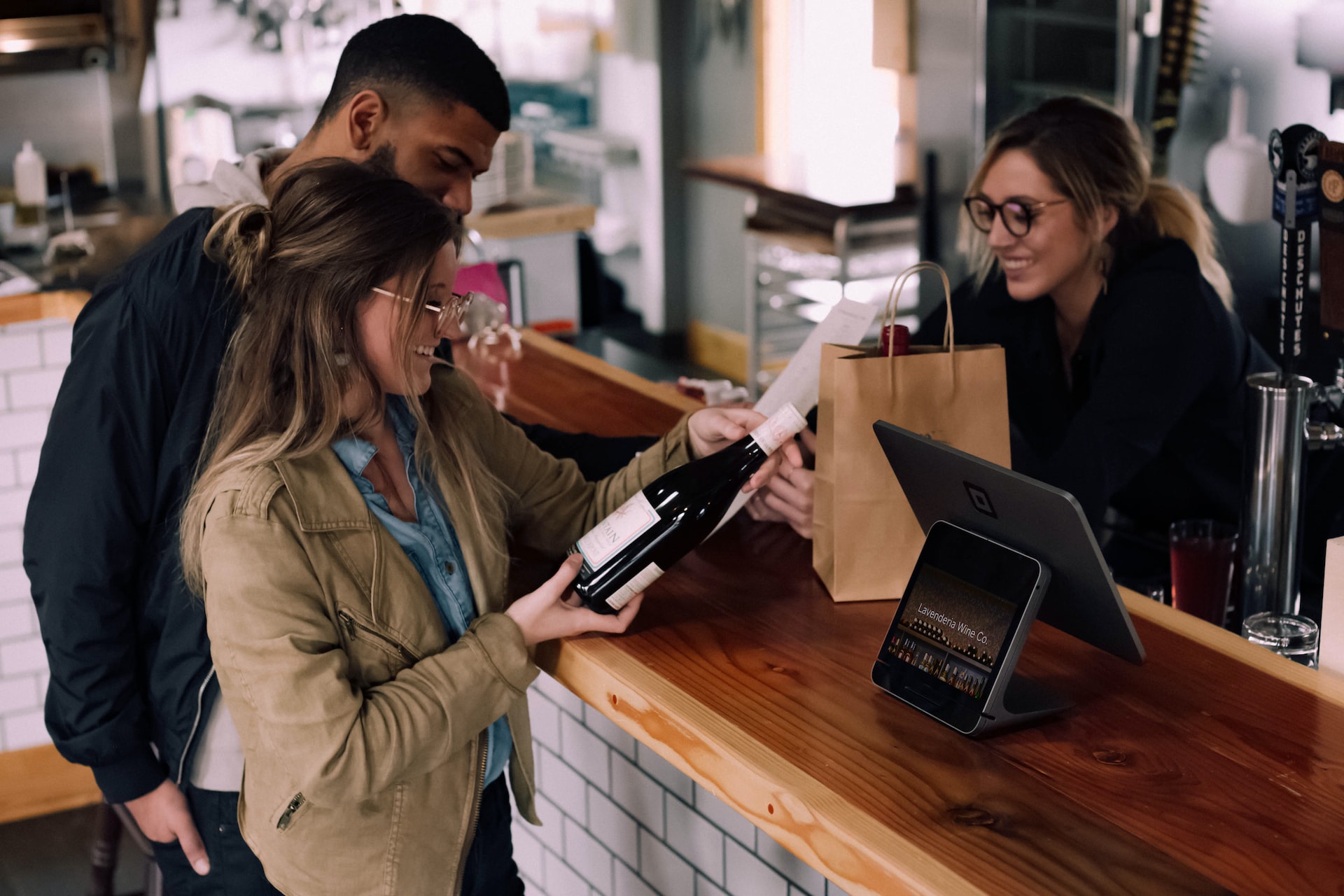
Methods Of Dealcoholization
The definition of dealcoholization mentions something about getting rid of the alcohol from certain beverages.
There are several methods of removing the alcohol. Some of the most common ones are indicated below.
Thermal Method
Thermal processing involves heating the liquid to a temperature that causes the alcohol to evaporate, which is then collected and condensed into a separate container.
The exact amount of alcohol in a dealcoholized product can vary depending on the method used to remove the alcohol, as well as the specific product being considered.
This one is commonly used for non-alcoholic beer production.
1. Spinning cone column
This method involves using a spinning cone column to create a thin film of liquid that is heated and exposed to a vacuum, which causes the alcohol to evaporate and be collected separately.
Extraction Methods
Extraction methods typically involve the use of physical or chemical processes to remove the alcohol from the beverage.
1. Distillation
Distillation is a common method used in dealcoholization, especially for high-alcohol beverages like spirits.
The process involves heating the beverage to evaporate the alcohol, which is then condensed and collected.
2. Heat extraction
Heat extraction or heat treatment involves heating the beverage to a high temperature to evaporate the alcohol. The process can be done under vacuum to minimize the impact on flavor and aroma.
3. Vacuum distillation
Vacuum distillation is similar to traditional distillation, but it takes place under reduced pressure.
This allows for a lower temperature to be used, which can help preserve the flavor and aroma of the beverage.
Membrane Filtration Methods
Membrane filtration involves passing the beverage through a series of filters with varying pore sizes to remove alcohol and other components.
The size of the pores in the filter determines which components are removed.
1. Microfiltration
Microfiltration is a membrane filtration method that uses a membrane with larger pores than ultrafiltration, typically in the range of 0.1-1.0 μm.
This process can be used to remove larger particles such as yeast cells and bacteria, which can affect the shelf life of the final product.
2. Nanofiltration
Nanofiltration is a process similar to reverse osmosis, but the membrane used has larger pores that allow some of the smaller molecules to pass through, such as:
- organic acids
- sugars
- some flavor compounds
This method is often used in combination with reverse osmosis to produce a final product with desirable flavor characteristics.
3. Reverse Osmosis
In this process, alcohol and other small molecules are removed from the beverage through a semi-permeable membrane that allows only water molecules to pass through.
The membrane used in reverse osmosis has small pores that prevent larger molecules such as alcohol from passing through.
4. Ultrafiltration
In this process, a membrane with larger pores is used to remove larger molecules such as proteins and polysaccharides, which can contribute to the mouthfeel and flavor of the beverage.
As said in the definition of dealcoholization, there’s an effort to retain the flavor as much as possible.
Other Methods
Here’s a couple more dealcoholization methods not yet mentioned:
1. Fermentation with non-fermentable sugars
This method involves adding non-fermentable sugars to the liquid, which provides the yeast with food that cannot be converted into alcohol.
This results in a low-alcohol or alcohol-free beverage.
2. Pervaporation
In pervaporation, a liquid mixture is passed through a membrane, which selectively allows certain components to pass through while retaining others.
It’s important to note that each of these methods can affect the flavor and other characteristics of the beverage being dealcoholized, and the optimal method will depend on the specific product and desired outcome.
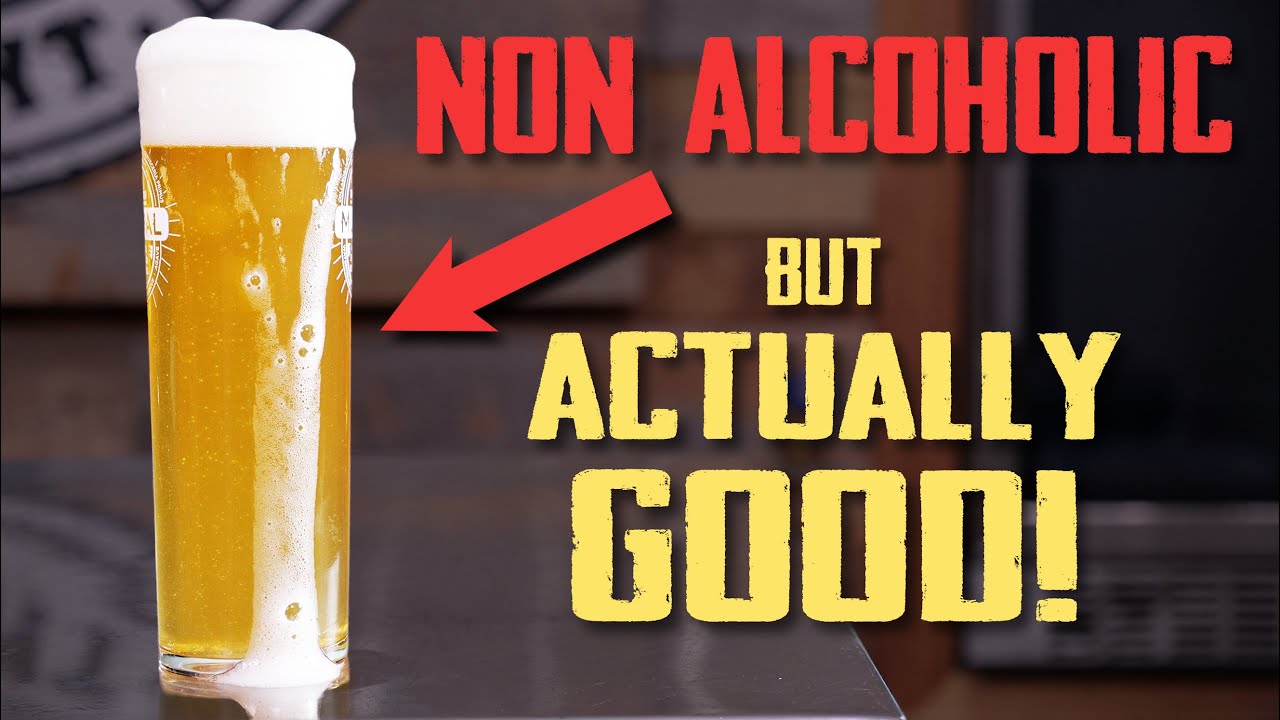
Making Non Alcoholic Beer That’s Actually GOOD!!
People Ask
Does Dealcoholized Mean No Alcohol?
Generally speaking, "dealcoholized" means that a product, such as a beverage, has had its alcohol content reduced to a very low level, typically less than 0.5 percent alcohol by volume (ABV).
However, it does not necessarily mean that the product contains absolutely no alcohol.
Why Do People Drink Dealcoholized Beer?
Some of the reasons are:
- Some may enjoy the taste of beer but want to avoid the effects of alcohol.
- Others may be in recovery from alcohol addiction and find dealcoholized beer to be a helpful alternative to regular beer.
- Dealcoholized beer is also often lower in calories than regular beer, making it a popular choice for people who are watching their weight.
- Some people simply enjoy the taste of dealcoholized beer and prefer it over other non-alcoholic beverages.
What Is Dealcoholization In Histopathology?
Histopathology deals with the study of tissue samples obtained from living organisms or autopsies.
In histopathology, alcohol is commonly used as a fixative to preserve tissues for microscopic examination. After fixation, the tissue is dehydrated using a series of graded alcohol solutions (70 percent to 100 percent alcohol).
The final step in the dehydration process involves removing the alcohol from the tissue, which is known as dealcoholization.
Final Thoughts
Knowing the definition of dealcoholization will lead one to discover that the more common term for it is “alcohol removal” or “alcohol reduction.”
That’s what the whole process is chiefly all about: to reduce the alcohol content.
The process can be achieved through various methods such as reverse osmosis, vacuum distillation, and evaporation.
It’s important to note that some products that are labeled as “non-alcoholic” or “alcohol-free” may still contain trace amounts of alcohol as well.
If you are avoiding alcohol for health or other reasons, it’s a good idea to check the label carefully and consult with a healthcare professional if you have any concerns.
The definition of dealcoholization likewise will make one talk about the importance of such a process: the increasing focus on health and wellness - so, let’s drink to that!

Hajra Shannon
Author

Paula M. Graham
Reviewer
Latest Articles
Popular Articles
